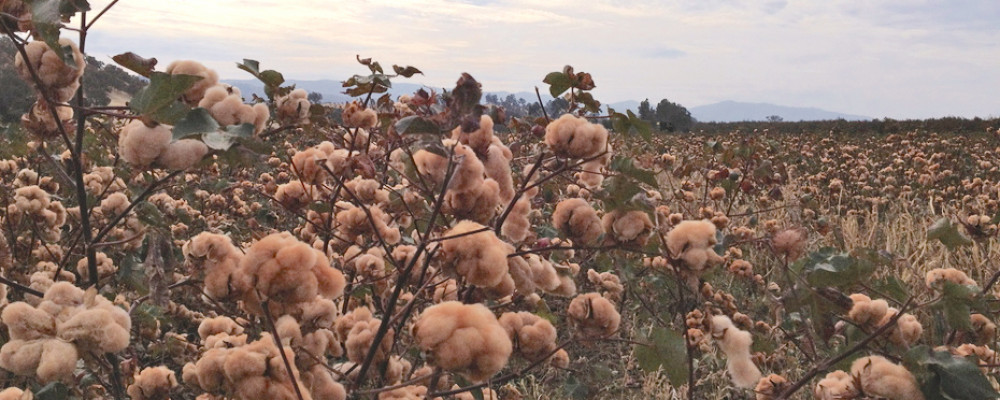
The Exciting Hues Of The Colour Grown Cotton Plant
Let’s talk colour... When it comes to coloured fibres, there’s a technique that has been gaining a lot of attention lately. I’m talking about Colour Grown Cotton.
Don’t be surprised if you begin to see the characteristic tan, green and browns being used in more and more innovative ways. This organic and cruelty-free textile is quickly rising in popularity due to its beauty, durability and pronounced eco-benefits.
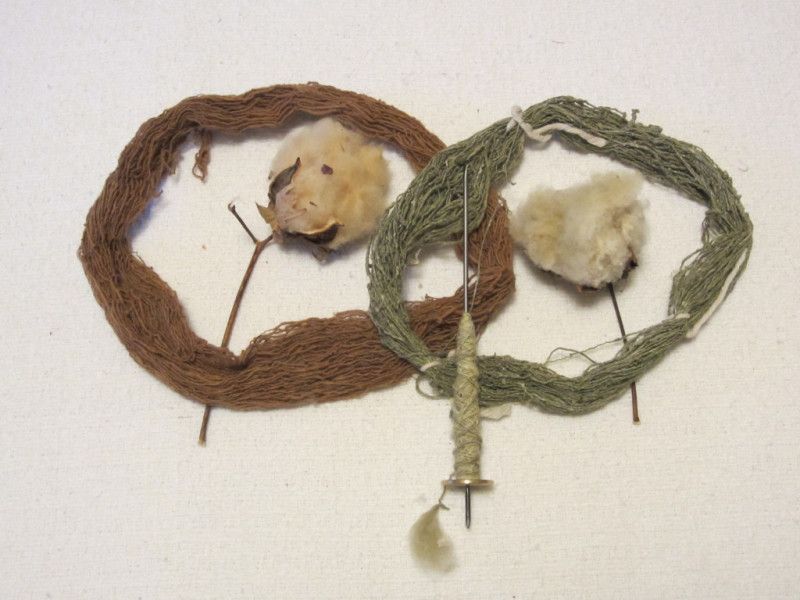
Back To The Beginning
While this textile has only recently resurfaced in terms of mainstream trends and fashions, it has actually been around for thousands of years. The Organic Consumers Association traces colour grown cotton back at least 4300 years. It probably originated in the Americas, more specifically in the region of the Andes.
Southern Exposure’s Cotton Growing Guide highlights that varieties of colour grown cottons were once abundant. Natural cotton was not white; it grew in beautiful shades of green, yellow, blue and even pink, though most were tan or brown. As cotton plantations began to emerge, white cotton was favoured for its longer fibres that made it easier to harvest, spin, and dye. Consequently, this process now means that naturally coloured cottons are difficult to locate.
Thankfully, there is a new movement underway. More and more growers, particularly those concerned with sustainability and preservation, have sought out and begun to grow heirloom cotton with its stunning natural colours, once again.
Environmental Considerations
In addition to resurrecting a strain of vegetation on the verge of going extinct, the movement towards colour grown cotton is wonderful news for ecologists. The white cotton that is so prevalent today comes with a number of drawbacks that colour grown cottons don’t share.
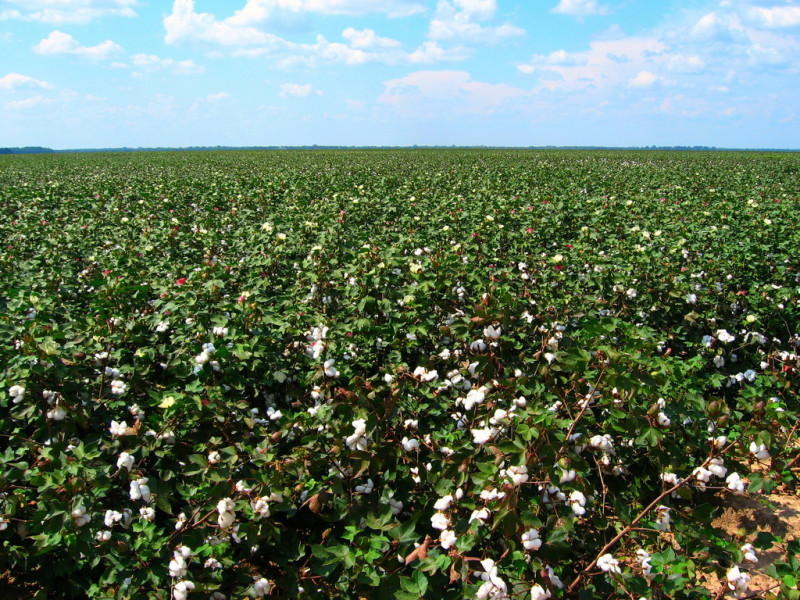
Firstly, white cotton requires far more pesticides. In fact, CLASS suggests that conventionally grown white cotton can require hundreds of chemicals just to survive. It is also dyed using even more harsh chemicals. Both of these processes waste water and pollute our finite sources. You might recall some of this information from my post, How Is Cotton Made & Why Is It So Bad? When colour grown cotton is grown organically, it can biodegrade in landfill without leaching chemicals into the surrounding areas.
Recent developments have shown that the old-fashioned colour grown cottons actually require far less water to grow and are great candidates for organic growing processes.
Colour grown cotton isn’t just good for the environment, it's also a much more durable choice. Since the textile isn’t dyed, the colours are more resistant to fading, which means the resulting products look better and last longer. This makes the products inherently more sustainable.
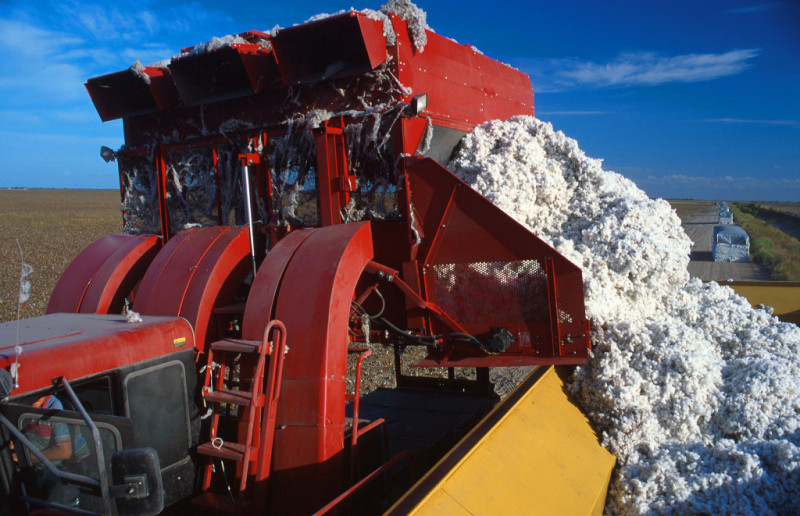
Dying For Colour
Colour Grown Cottons aren’t dyed at all; they grow that way. This makes it not just better for the environment, but also in terms of economics. According to Dr. Frank Werber, National Program Leader for Fabric and Materials, Agriculture Research Service, “naturally colored cotton is ecologically valid as well as economical. Elimination of dyeing in production could save from $.60-1.50 per pound of fabric.” That makes colour grown cotton even better for the bottom line than the often praised Eco Dyeing. (If you're interested in eco dyes, I would recommend you take a look at another of my previous articles, "What Are Bio Pigments? The Future Of Eco Dyeing!").
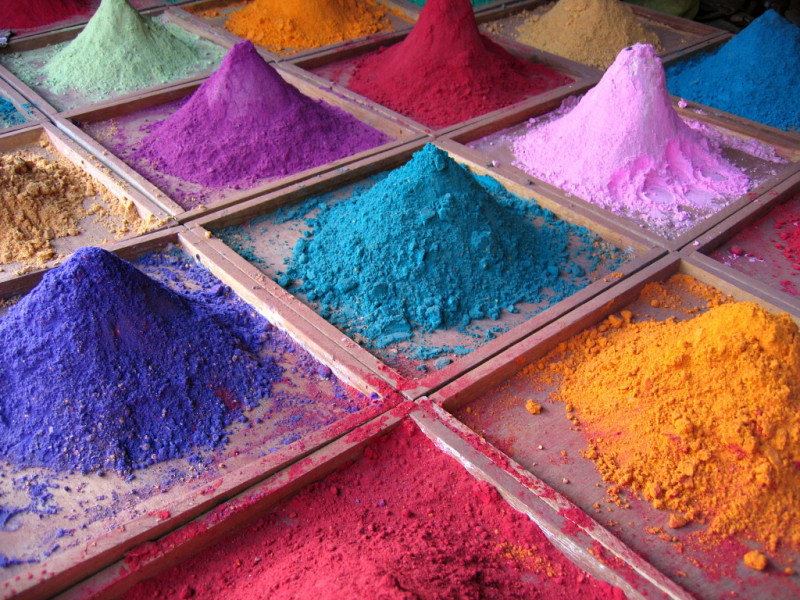
Personally, I hate mass produced design. I hate the thought of someone wearing the same outfit as me, or the same interiors being replicated from house to house. There is no originality in it! I love the imperfections you can see in a textile when it's handmade - a slub caught in the loom, a variation in colour between the different baths. It's real. It's authentic. This is where colour grown is particularly beautiful for me: the colour that grows within the cotton can be changed depending on how alkaline your water is. By boiling the fabric in water with a pH above eight or washing the item in warm water with a normal cotton detergent, the colour will develop into its full depth over a number of washes. If you want the colour to remain stable, then you use a pH neutral washing solution, like a wool detergent.
This resurgence of colour grown cotton had brought numerous success stories. For example, a group associated with the Self-Employed Women’s Association have invested in the future of colour grown cotton. They have begun to successfully grow organic brown cotton in three villages inside Gujarat, with plans to add blue and green strains in the near future. The endeavour has been so positive that some are starting to envision a textile industry in which the dyeing of cotton becomes obsolete.
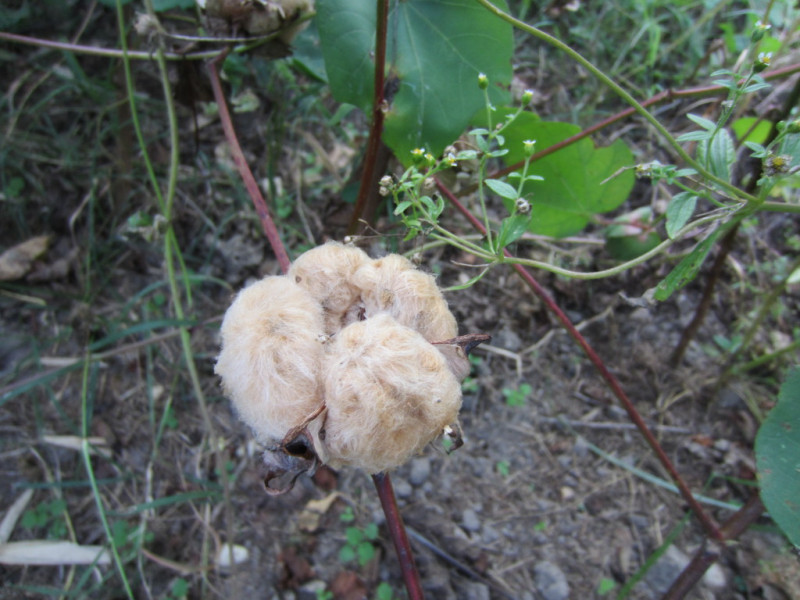
Could dyeing fabrics becomes obsolete? #colourgrowncotton #cottonplant

>> Register, and upgrade as a Professional Member of The Sustainable Fashion Collection for full access to our archive of Masterclasses on ethical fabrics and sustainable fibres. <<
The Future Of Cotton
In short, colour grown cotton is a natural fibre that is better for the earth, easier on resources, creates less pollution and is healthier for the consumer.
Though fast fashion is no match for the expansion of organic colour grown cotton, it is still promising to see a natural, eco-friendly textile being reborn. The gentle, natural hues of this unique cotton are a great choice for designers who want to develop a line that is easy on the environment.
The more I learn about organic colour grown cotton, the more I believe it is the ideal solution for growers, designers, and consumers alike.
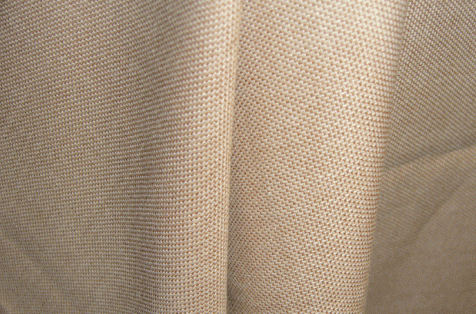
Examples of colour grown cotton fabric that we once sold on Offset Warehouse.
>>> Head to our lesson with guest expert Santi Mallorqui Gou, the founder of Organic Cotton Colours, as he explains what it is this wonderful company does to increase awareness and demand for colour grown cotton.
>>> Head to our lesson with Maud Lerayer, entrepreneur and visionaire of Behind The Hill who explains and gives advice on how to work respectfully with artisans in indigenous communities.
I hope you enjoyed this article. If you would like a keep ahead with developments in sustainable and ethical design, then please do sign up to our bi-monthly newsletter, where we roundup all the latest posts. You’ll also be the first to know about our discounts, offers, workshops, special events and meet-ups. Do sign up here!
Interested in learning more about ethical textiles and how to use them in your fashion collection?
The Sustainable Fashion Collective brings you Masterclasses on specific fibre types. Each Masterclass contains lessons from guest experts, from brands to material innovators.
Working With Sustainable Cellulosic Fibres
Fighting Poverty With Fashion
Ethical Fabrics And Why We Need To Use Them
The Environmental Impacts Of Washing And Laundry
Extending The Life Of Clothing And Textiles
